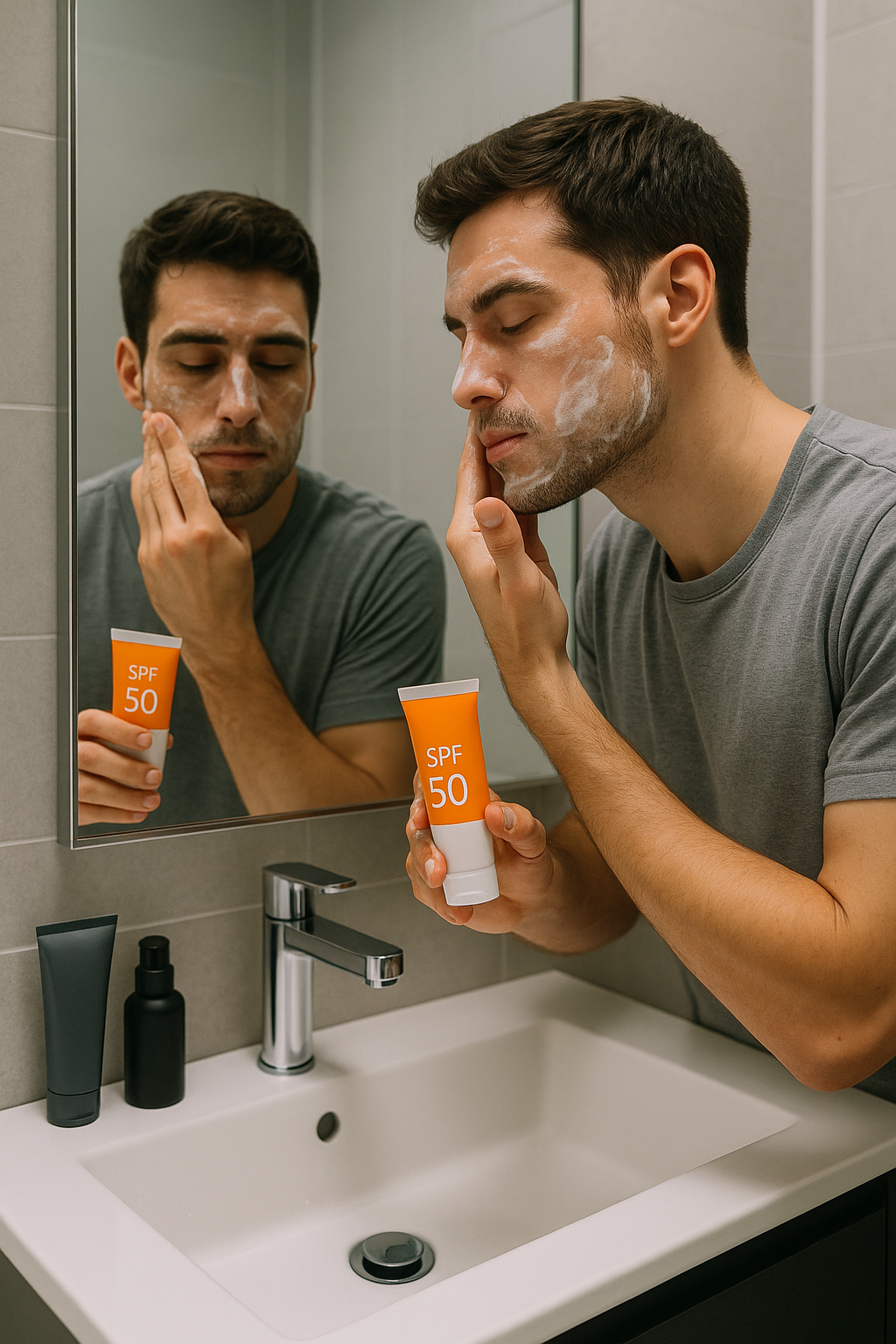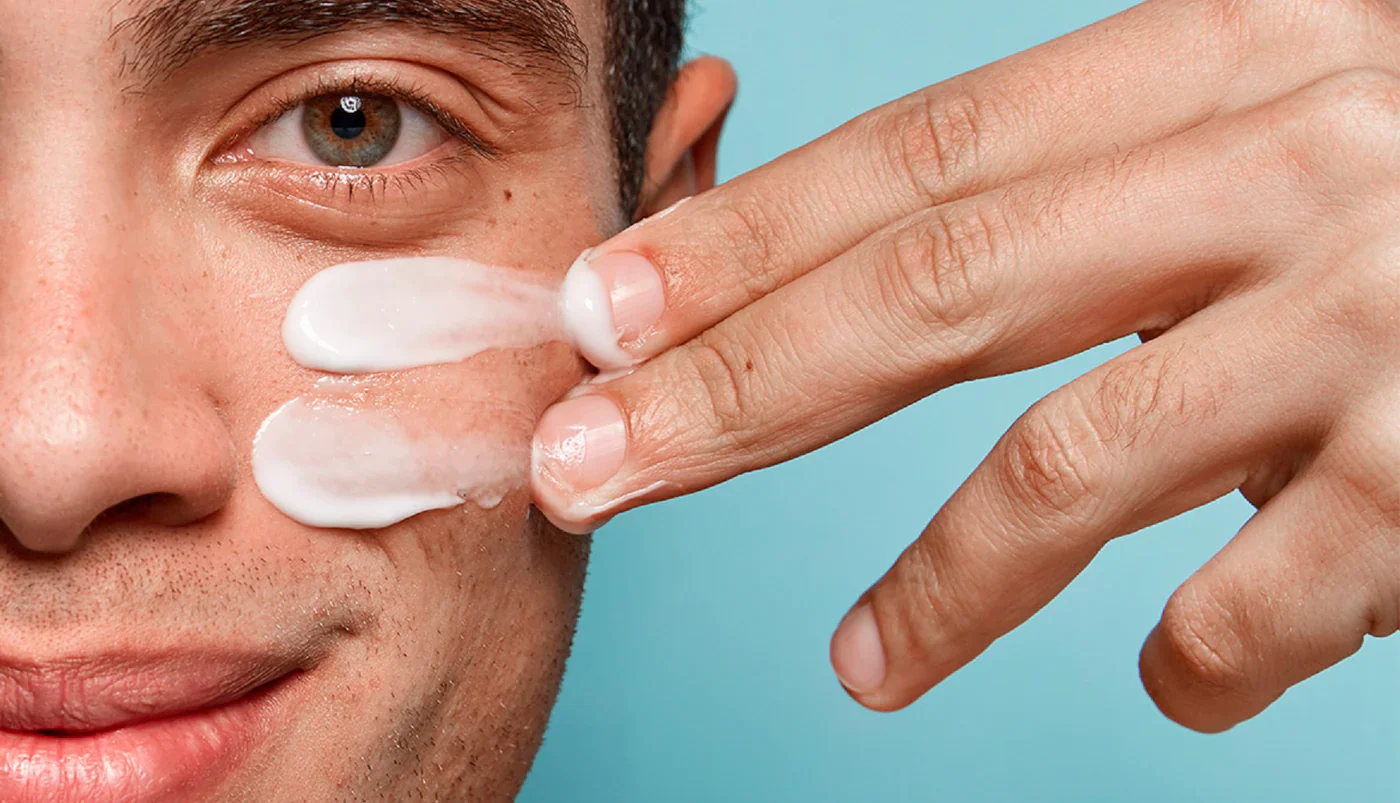Vegan, Cruelty-Free, Sustainable: What Do They Really Mean?
In today’s beauty industry, more and more brands are embracing values like vegan, cruelty-free, and sustainable. These terms often appear on product labels, websites, and social media — but what do they really mean? Are they just marketing buzzwords, or do they represent real changes in how cosmetics are made?
Let’s break it down in simple terms, so you can make informed choices about the products you use.
1. What Does “Vegan” Mean in Cosmetics?
When a product is labeled vegan, it means it does not contain any animal-derived ingredients. That includes obvious things like beeswax, honey, or milk, but also less obvious ones like:
-
Lanolin (from sheep’s wool)
-
Carmine (a red pigment made from crushed beetles)
-
Collagen (usually from animal tissue)
-
Keratin (from hair, hooves, or feathers)
So, if a lip balm says it’s vegan, you can be sure it doesn’t contain beeswax or lanolin. Instead, it likely uses plant-based alternatives like candelilla wax or shea butter.
👉 Important note: Vegan does NOT always mean cruelty-free. A product can be vegan (no animal ingredients) but still tested on animals. That brings us to the next term.
2. What Does “Cruelty-Free” Mean?
A cruelty-free product means it was not tested on animals at any stage of development. That includes:
-
No animal testing by the brand itself
-
No animal testing by suppliers of raw materials
-
No third-party animal testing required for sale in certain countries
Cruelty-free products are typically certified by organizations like:
-
Leaping Bunny
-
PETA
-
Choose Cruelty Free (CCF)
However, there’s a gray area. Some brands claim to be cruelty-free but sell in countries like China, where animal testing may be required by law for imported cosmetics. In these cases, the brand might not truly be cruelty-free in practice.
👉 Cruelty-free does NOT automatically mean vegan. A cruelty-free brand may still use ingredients like honey or beeswax.
3. What Does “Sustainable” Mean in Beauty?
Sustainability is a broader concept. It focuses on minimizing the environmental impact of a product across its entire lifecycle, from ingredient sourcing to packaging disposal.
Key aspects of sustainable cosmetics include:
a. Eco-Friendly Ingredients
-
Responsibly sourced raw materials (e.g., fair-trade shea butter)
-
Avoiding harmful ingredients that pollute water (e.g., microplastics, certain silicones)
-
Using renewable plant-based ingredients
b. Low-Waste or Recyclable Packaging
-
Packaging made from recycled, recyclable, or biodegradable materials
-
Refillable systems (e.g., for cleansers or moisturizers)
-
Minimal packaging to reduce waste
c. Carbon Footprint Reduction
-
Manufacturing processes that use less energy
-
Supporting carbon offset programs
-
Using local supply chains to reduce transport emissions
👉 Unlike vegan or cruelty-free claims, sustainability is harder to define and standardize. Always look for transparency — does the brand explain how it’s reducing waste or emissions?
4. Why Do These Terms Matter?
These labels represent more than just trends — they show a shift in consumer values:
-
Ethical choices: More people want to avoid supporting animal cruelty or exploitation.
-
Environmental impact: Climate change and pollution are major concerns for younger consumers.
-
Health consciousness: Some people believe that natural, plant-based products are gentler on skin.
At the same time, brands are increasingly held accountable for their practices. Simply saying “clean” or “green” isn’t enough — customers want proof.
5. How to Check If a Product is Truly Vegan, Cruelty-Free, or Sustainable
Here are some tips:
✅ Check for Certifications
Look for recognized logos such as:
-
Vegan Society
-
PETA’s bunny
-
Leaping Bunny
-
Ecocert (for organic and sustainable practices)
-
FSC (for sustainable paper packaging)
✅ Read the Ingredient List
Learn to recognize common animal-derived ingredients (e.g., collagen, lanolin, shellac).
✅ Research the Brand
-
Do they publish sustainability or ethical sourcing reports?
-
Are they transparent about their supply chain?
-
Do they sell in markets that require animal testing?
✅ Watch Out for Greenwashing
Some brands use terms like “natural” or “clean” without backing them up. These are not regulated terms, so don’t take them at face value.
6. Can a Product Be All Three?
Yes — and that’s the goal for many modern beauty brands.
A product can be:
-
Vegan (no animal ingredients)
-
Cruelty-Free (not tested on animals)
-
Sustainable (low environmental impact)
However, achieving all three often takes more effort and cost — which may be reflected in the product’s price.
7. What Should You Look for as a Conscious Consumer?
Here’s a quick guide:
| Concern | Look for |
|---|---|
| Animal testing | Cruelty-Free certification |
| No animal ingredients | Vegan certification |
| Environmental impact | Sustainable packaging, Ecocert/FSC, minimal packaging |
| Ethical sourcing | Fair-trade, transparent ingredient sourcing |
Conclusion
In the ever-evolving world of beauty, “vegan,” “cruelty-free,” and “sustainable” are more than labels — they’re commitments. Understanding what they really mean helps you choose products that align with your values.
Whether you’re just starting your ethical beauty journey or are a longtime advocate, always remember: every purchase is a vote for the kind of world you want to live in.




